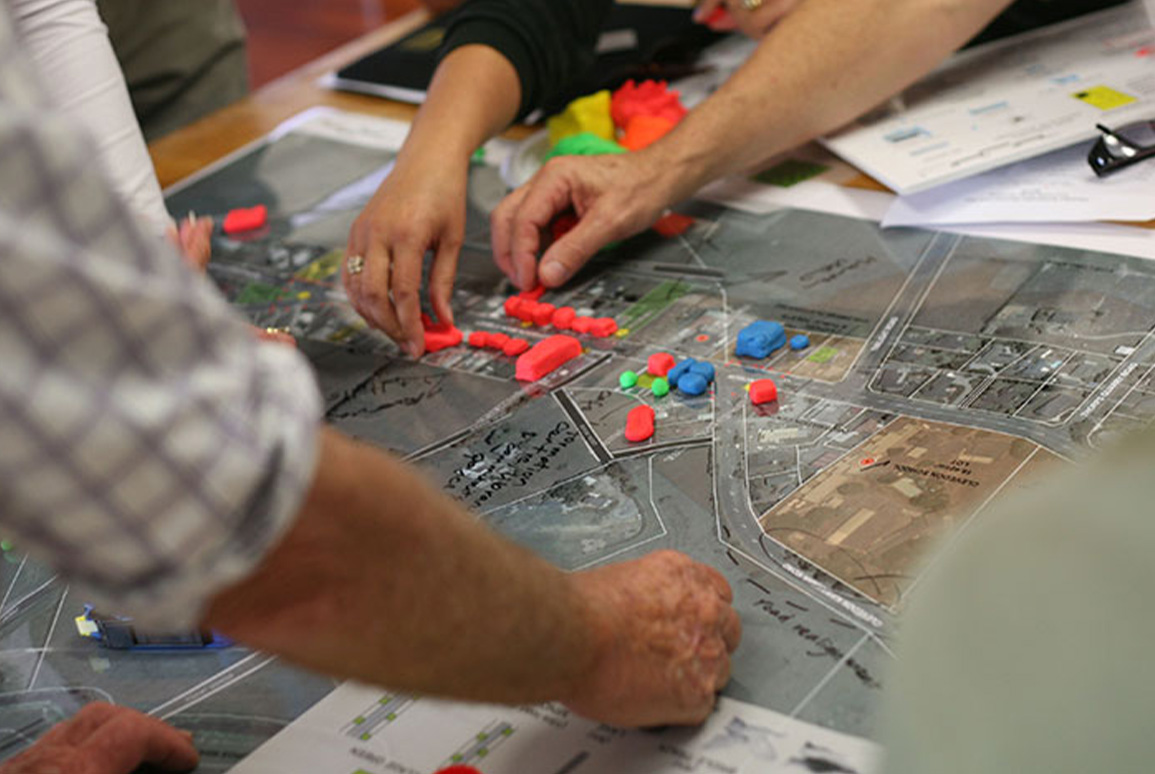Community Engagement: What is it, and why does it matter?
9 July 2018
Read an article about any large-scale public works project, and you’re sure to see phrases like “robust community engagement” or “after consultation with residents and iwi” – but what do those words mean?

Why is community engagement -- also called public participation -- necessary and how is it done effectively?
The International Association for Public Participation (IAP2) has developed core values for use in the development and implementation of public participation processes. Central to these is the belief that those who are affected by a decision have a right to be involved in the decision-making process.
“Places and spaces are designed for communities,” says Rebecca Ryder, a landscape architect in Boffa Miskell's Tauranga office. “Designing or planning through engagement is essential to understanding a place, its people, and its diversity."
You only need to look back a few decades to realise that involving the public in the decision-making process is fairly new.
From the Industrial Age, right through the post-WWII boom, “progress” typically involved decisions made by government officials and bureaucrats behind closed doors. Bonds were issued, or taxes raised, to fund the project; and by the time the bulldozers arrived on-site, the outcome was a fait accompli. Public opinion was dealt with after-the-fact and had negligible impact.
This process might have been 'efficient' but the outcomes were often horrendous. Neighbourhoods and public parks were split apart by arterial roads – leading to devastating social and aesthetic outcomes. Places of deep historical and cultural meaning were obliterated in a swathe of concrete and steel, and the chasm between “the people” and “the powers that be” grew ever-wider.
Boffa Miskell's community engagement group is comprised of consultants at all levels, in all disciplines, who share a commitment to facilitating meaningful dialogue. Many of these consultants have specialised IAP2 training and certification.
"The value-add of having a consultant trained in community engagement is that they understand not only the technical aspects of the project, but also how to best engage stakeholders: when to engage them, and which level of engagement is appropriate to the situation," says Lisa Mein, an Auckland-based urban designer. "These consultants are also trained to handle difficult people and situations, which we sometimes find ourselves dealing with on projects."
Christchurch planner Stephanie Styles agrees. "Community engagement should be a consideration from the beginning of most projects. The ability to think ahead and plan out what type of engagement ought to be undertaken, and getting someone with experience and training involved early, streamlines the processes and avoids risks that can add time and cost to the project."
"It's not a good look to spend loads of money on a fancy-pants design only to find obvious flaws that an engagement process would have highlighted," says Tauranga-based ecologist Louise Saunders. "Whether it's collaborative concept design in the preliminary stages, or on-going engagement for assessment, public participation can stimulate innovation because options are identified early, before too much progress is made on confirming conventional outcomes."
In fact, the journey of community engagement is equally important as the result. Successful public participation results in improved relationships between people, organisations and places – and those relationships often continue beyond the life of a project.

